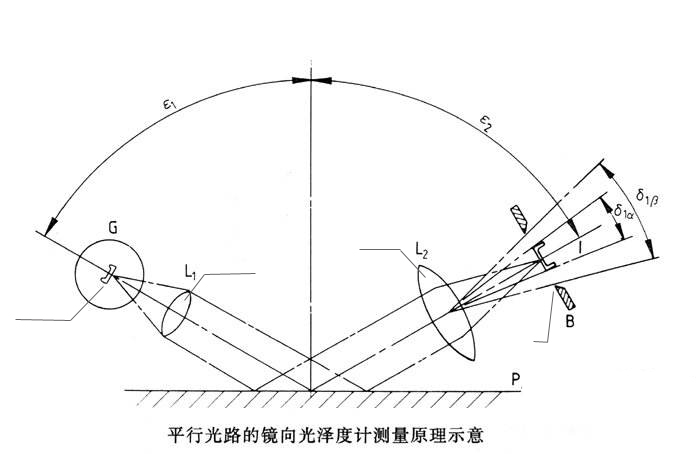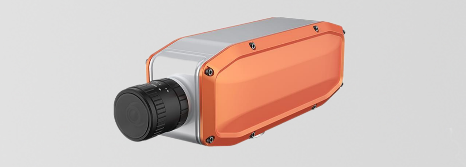- Color Education
-
-
Color Knowledge
-
Current position:Home > Color Knowledge
-
Gloss Meter Application, Working Theory and Type Choose
-
Gloss Meter Application, Working Theory and Type Choose

Gloss meter is a kind of meter to measure glossiness. It can be widely used for measuring gloss of paint, coating, ceramic tiles, automobile, plastic sheet, leather, print ink, etc. Today we will introduce the gloss meter working theory, type choosing and other information.

Gloss Meter Working Theory
The light source emits a beam of light passing through the condenser lens to reach the surface to be measured P, the surface P reflects the light to the collimating lens, the collimating lens converges the beam to a receiver located at point B, and after the receiver performs photoelectric conversion, the electrical signal is sent to the processing circuit for processing, and then the instrument displays the measurement result on screen.

Gloss meter needs a standard board as a reference to compare the measurement, if the standard board/tile is not accurate, the other measurement data is also wrong. Standard board/tile is easy to be impacted by scratches and dust, therefore, the design of the instrument board/tile needs to be better protected.
How to Choose Gloss Meter?

Gloss Meter Questions and Answers
Q1. What’s the power supply of the gloss meter?
Answer: Instrument adopts 4.4V high density batter 3000mah, its continuous measurement time reaches 50,000 times.
Q2. Can gloss meter be automatically calibrated?
Answer: Put the instrument on the calibration tile base, after switch on the instrument, we can calibrate it.
Q3. Is the gloss meter accurate?
Answer: Every instrument is with national verification certification to assure its test accuracy.
Q4.Can the calibration board/tile is cleaned by paper or cloth?
Answer: No, calibration board/tile is the basis of the instrument accuracy. It should be cleaned by special lens cloth. Every gloss meter produced by CHNSpec is with one piece of lens cloth.
Q5. Should I calibrate gloss meter every time when I start it?
Answer: No, but to assure its accuracy, calibration is suggested.
Q6. How to keep the gloss meter if I do not use it?
Answer: Put it back into the base to protect both instrument and calibration board/tile.
-
下載附件
? - [Close] [Top] [Print] [Bookmarks]







